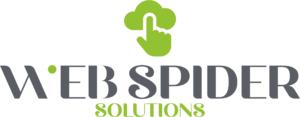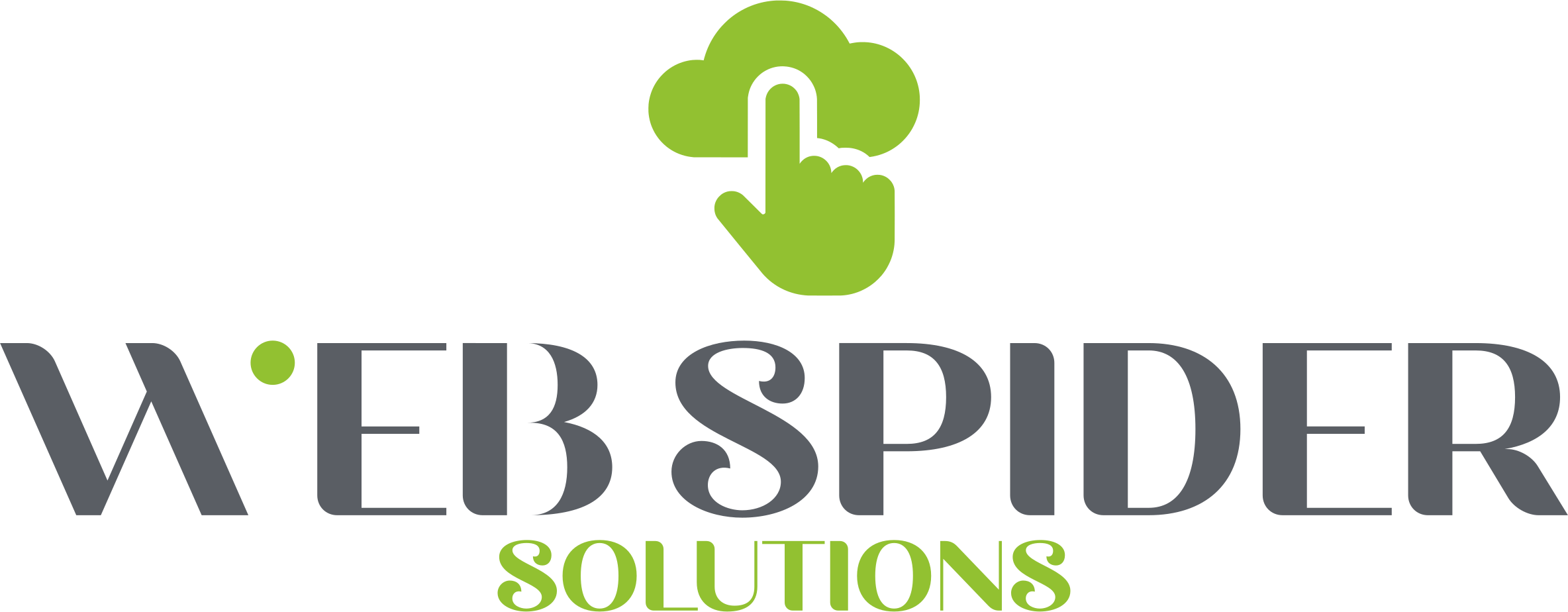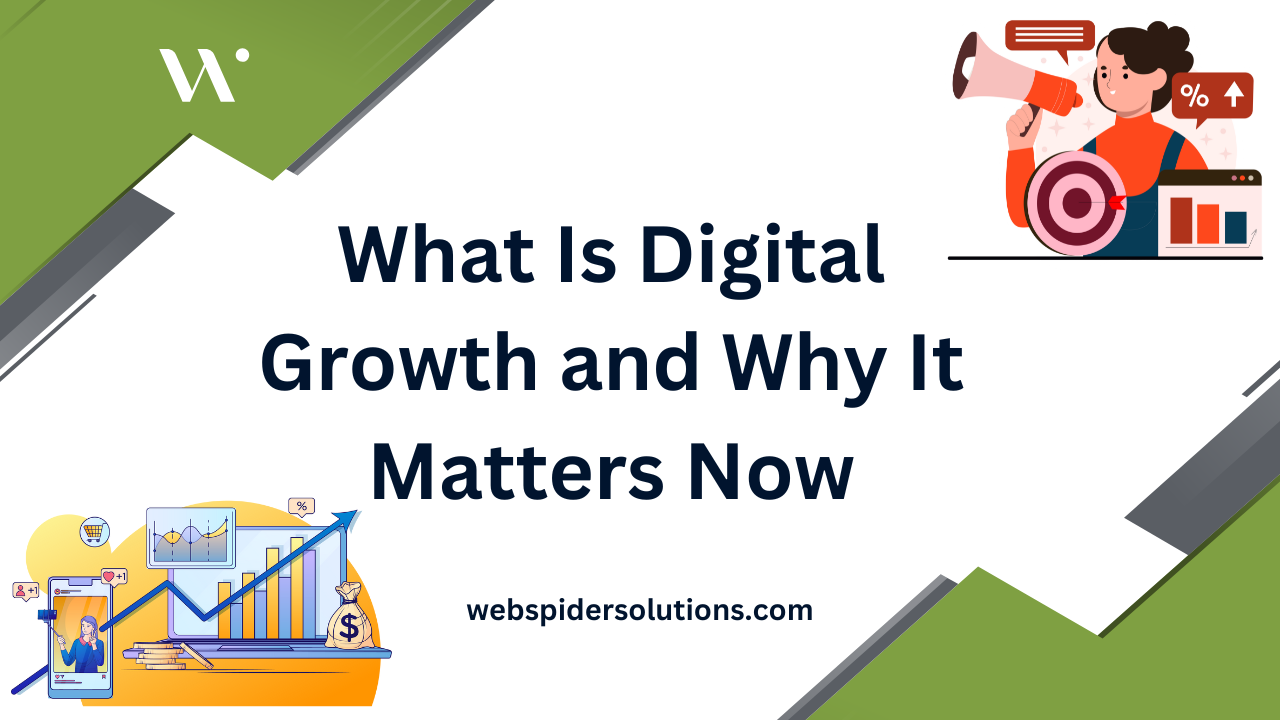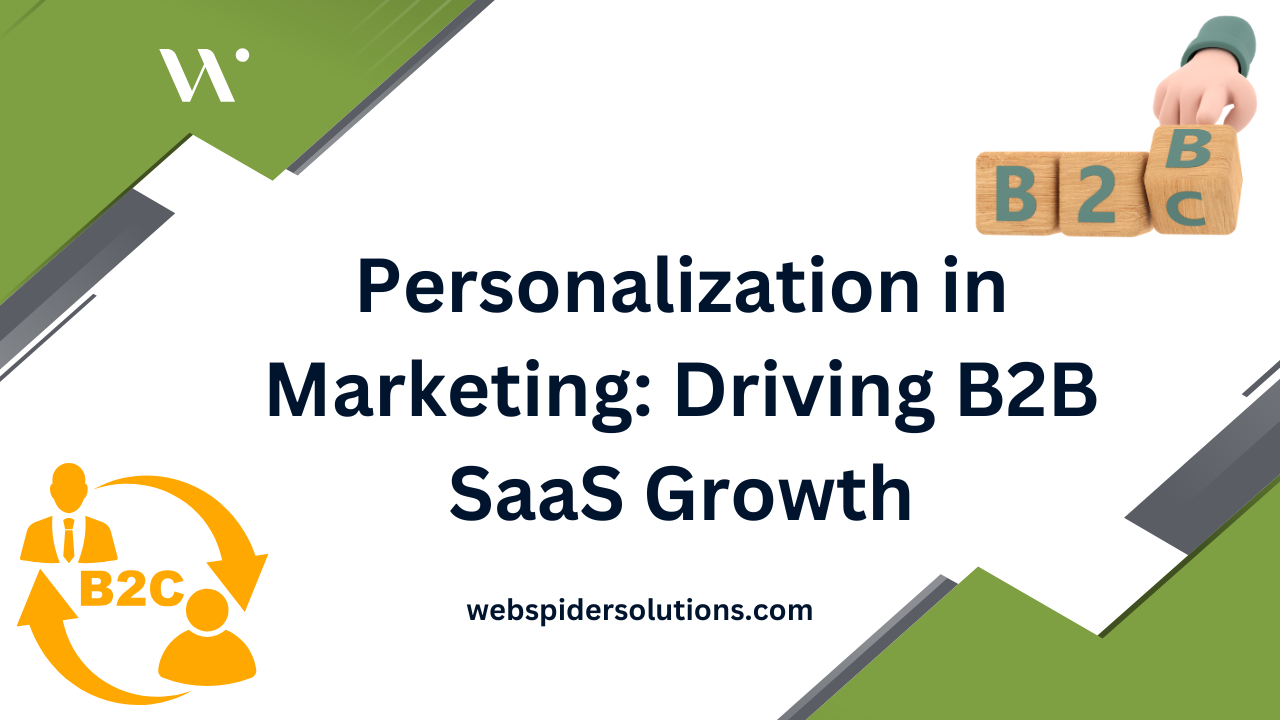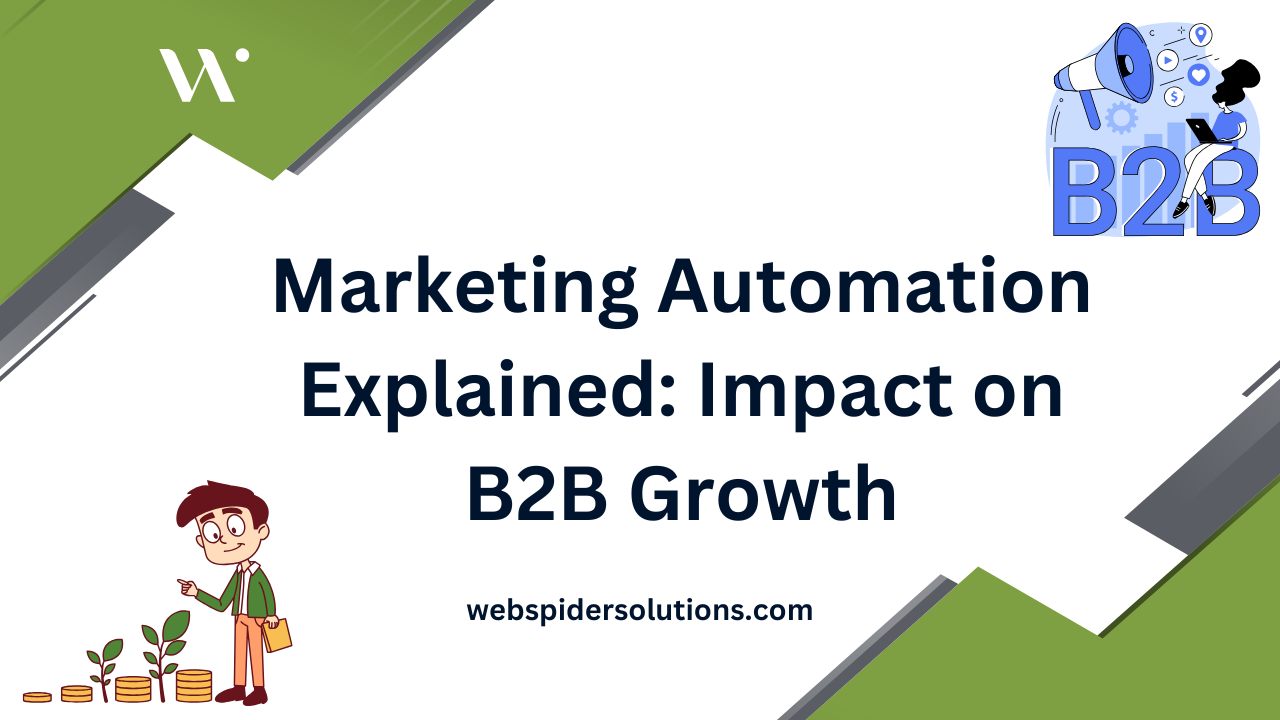PPC advertising puts your business in front of customers right when they are searching online and that instant visibility has become a must in 2025. The surprising part is that companies only pay when someone actually clicks their ad, making every dollar count in real time. Most people think getting seen is the biggest challenge but the real win is in how PPC lets you constantly measure results and fine-tune for better returns every single day.
Table of Contents
- What Is Ppc Advertising And Why Use It
- How The Ppc Bidding Process Works
- Creating High-Performing Ppc Campaigns
- Measuring Ppc Success And Key Metrics
Quick Summary
| Takeaway | Explanation |
|---|---|
| PPC Advertising Ensures Immediate Visibility | Businesses can display ads instantly to users searching for relevant products or services. |
| Bidding Determines Ad Placement | Advertisers compete in real-time auctions based on bid amount and ad quality. |
| Keyword Research is Crucial | Effective keyword selection aligns with user intent and search behaviors for better results. |
| Track Essential Performance Metrics | Monitor KPIs like CTR, conversion rate, and CPC to evaluate campaign success. |
| Continuous Optimization Maximizes ROI | Regularly analyze data and adjust strategies to improve campaign performance consistently. |
What Is PPC Advertising and Why Use It
Pay-per-click (PPC) advertising represents a powerful digital marketing strategy that enables businesses to gain immediate online visibility by placing targeted ads where potential customers are most likely to see them. Unlike traditional advertising models, PPC offers a precise and measurable approach to reaching your target audience.
Understanding the Basics of PPC
At its core, PPC is an online advertising model where advertisers pay a fee each time their digital ad gets clicked. Think of it like a strategic bidding system where businesses compete for prime digital real estate on search engines and websites. Learn more about our targeted advertising strategies.
According to Coursera, the primary advantage of PPC is that you only pay for qualified leads – people who demonstrate genuine interest in your product by clicking on your advertisement. This approach ensures that your marketing budget is spent more efficiently compared to traditional advertising methods where visibility does not guarantee engagement.
Key Advantages of PPC Advertising
PPC advertising offers remarkable benefits for businesses seeking immediate and trackable results. GeeksforGeeks highlights that PPC campaigns provide comprehensive performance metrics, allowing advertisers to monitor impressions, clicks, and conversions in real-time.
Key benefits of PPC include:
- Immediate Visibility: Instantly appear in front of potential customers searching for your products or services
- Precise Targeting: Reach specific demographics, locations, and user interests with pinpoint accuracy
- Measurable Results: Track every aspect of your campaign performance with detailed analytics
Moreover, Columbia University’s research emphasizes that PPC provides unparalleled transparency in advertising. Unlike traditional marketing channels, digital advertising allows businesses to see exactly how their marketing dollars are performing, enabling quick adjustments and optimization.
By leveraging PPC, businesses can create a dynamic and responsive marketing strategy that adapts to real-time user behavior and market trends. Whether you’re a small startup or an established enterprise, PPC offers a flexible and cost-effective method to expand your digital presence and drive meaningful customer engagement.
How the PPC Bidding Process Works
The PPC bidding process is a complex yet fascinating mechanism that determines how and where digital advertisements appear online. Understanding this intricate system is crucial for businesses looking to maximize their advertising effectiveness and optimize their marketing spend.
The Auction Mechanics of PPC
Every time a user enters a search query, an instantaneous digital auction takes place behind the scenes. Advertisers compete for ad placement through a sophisticated algorithm that evaluates multiple factors simultaneously. Explore our advanced campaign management techniques.
To help clarify how ad placements are determined in PPC, the following table summarizes the main auction factors and their roles in the bidding process:
| Auction Factor | Description | Impact on Ad Placement |
|---|---|---|
| Bid Amount | Maximum price willing to pay per click | Higher bids can increase placement rank |
| Quality Score | Rating of ad’s relevance and expected performance | Higher quality improves placement |
| Ad Extensions | Additional information that enhances ad content | Can improve visibility and clickability |
| Keyword Relevance | How closely ad matches user search intent | Greater relevance boosts ranking |
According to Google Ads Help, the bidding process isn’t simply about who pays the most. Instead, search engines like Google use a complex formula called Ad Rank, which considers multiple variables:
- Bid Amount: The maximum price you’re willing to pay per click
- Quality Score: A rating of your ad’s relevance and expected performance
- Ad Extensions: Additional information that makes your ad more informative
- Relevance of Keywords: How closely your ad matches user search intent
Strategic Bidding Approaches
Successful PPC campaigns require sophisticated bidding strategies. Search Engine Journal highlights several approaches advertisers can use:
- Manual CPC Bidding: Direct control over bid amounts for individual keywords
- Automated Bidding: Letting platform algorithms optimize bids based on conversion goals
- Enhanced CPC: A hybrid approach that adjusts manual bids to improve conversion probability
The goal is not just to win the auction, but to secure the most strategic ad placement at the most cost-effective price. Sophisticated advertisers understand that the lowest bid doesn’t always mean the worst placement. Quality and relevance play significant roles in determining final ad positioning.
Modern PPC platforms provide granular control, allowing businesses to set precise budgets, target specific audience segments, and adjust strategies in real-time. By understanding these nuanced bidding mechanics, companies can create more efficient, targeted advertising campaigns that deliver measurable results and maximize return on investment.
Creating High-Performing PPC Campaigns
Building successful PPC campaigns requires a strategic approach that combines technical expertise, creative thinking, and data-driven decision making. The most effective campaigns go beyond simple keyword selection and delve into sophisticated targeting and optimization techniques. Discover our expert campaign optimization strategies.
Keyword Strategy and Research
Keyword selection forms the foundation of any high-performing PPC campaign. Research by Xu et al. highlights the importance of developing a smart approach to keyword grouping and selection. Successful campaigns require more than just identifying popular search terms they demand a nuanced understanding of user intent and search behavior.
Critical elements of keyword research include:
- Relevance: Selecting keywords that precisely match your target audience’s search intent
- Search Volume: Identifying keywords with sufficient search traffic
- Competition Level: Understanding the difficulty of ranking for specific keywords
- User Intent: Matching keywords to specific stages of the customer journey
Advanced Campaign Optimization Techniques
According to a groundbreaking study by Li and Yang, advanced PPC campaigns leverage sophisticated models that go beyond traditional keyword grouping. The research demonstrates how strategic keyword clustering can significantly enhance campaign performance, especially for businesses managing large and complex advertising portfolios.
The most successful campaigns incorporate multiple optimization strategies:
- Dynamic Ad Targeting: Continuously refining audience segments
- Conversion Rate Optimization: Analyzing and improving ad performance in real-time
- Budget Pacing: Strategically allocating advertising spend for maximum impact
Miralles et al.’s research emphasizes the critical importance of attribute selection in Real-Time Bidding (RTB) campaigns. By fine-tuning user profiles and understanding precise targeting parameters, advertisers can dramatically improve campaign effectiveness and return on investment.
Ultimately, creating high-performing PPC campaigns is an ongoing process of testing, learning, and refinement. Successful marketers treat their campaigns as living strategies that evolve with changing market conditions, user behaviors, and technological advancements. The most effective approach combines cutting-edge analytical tools with creative marketing insights, ensuring that every advertising dollar is spent with maximum potential for generating meaningful business results.
Measuring PPC Success and Key Metrics
Successful PPC advertising goes far beyond simply launching campaigns. The true power lies in understanding and interpreting the complex metrics that reveal the real performance of your digital advertising efforts. Learn about our comprehensive performance tracking methods.
Essential Performance Indicators
Digital marketing professionals rely on a comprehensive set of metrics to evaluate PPC campaign effectiveness. These key performance indicators (KPIs) provide deep insights into campaign health, efficiency, and return on investment.
To make key PPC metrics easy to compare, the table below summarizes each performance indicator, what it measures, and its importance to campaign success:
| Metric | What It Measures | Why It Matters |
|---|---|---|
| Click-Through Rate | Percentage of ad viewers who click the ad | Shows ad attractiveness & relevance |
| Conversion Rate | Percentage of clicks resulting in a desired action | Indicates campaign effectiveness |
| Cost Per Click (CPC) | Amount paid per individual ad click | Helps control and assess ad spending |
| Return on Ad Spend | Revenue earned for every dollar spent on ads | Measures actual profitability |

- Click-Through Rate (CTR): Measures the percentage of people who click your ad after seeing it
- Conversion Rate: Indicates the proportion of clicks that result in a desired action
- Cost Per Click (CPC): Calculates the actual expense for each individual ad click
- Return on Ad Spend (ROAS): Determines the revenue generated for every dollar spent on advertising
Advanced Analytics and Interpretation
Google Analytics provides sophisticated tools for tracking and analyzing PPC performance. Modern analytics platforms offer granular insights that go beyond basic metrics, allowing marketers to understand complex user behaviors and campaign interactions.
Advanced tracking techniques enable businesses to:
- Identify precise customer journey touchpoints
- Understand cross-channel performance
- Develop predictive models for future campaign optimization
- Segment audience behaviors with unprecedented detail
Continuous Optimization Strategies
The most successful PPC campaigns are not static but dynamic systems of continuous improvement. HubSpot’s research suggests that top-performing digital marketers spend significant time analyzing and refining their metrics, treating data as a strategic asset.
Effective optimization involves:
- Regular performance reviews
- A/B testing of ad variations
- Constant refinement of targeting parameters
- Responsive budget allocation based on real-time performance data
Understanding these metrics transforms PPC from a simple advertising technique into a sophisticated, data-driven marketing strategy. By embracing a holistic approach to performance measurement, businesses can turn raw data into actionable insights that drive meaningful growth and competitive advantage.

Frequently Asked Questions
What is PPC advertising?
PPC (Pay-Per-Click) advertising is an online marketing model where advertisers pay a fee each time their ad is clicked. It allows businesses to gain immediate visibility on search engines and other platforms by displaying targeted ads based on specific keywords.
How does the PPC bidding process work?
The PPC bidding process involves an auction mechanism where advertisers compete for ad placements. Factors such as bid amount, quality score, and ad relevance determine an ad’s placement in search results. The highest-ranking ads combine a competitive bid with high-quality relevance.
What are the key advantages of using PPC advertising?
Some of the key advantages of PPC advertising include immediate visibility, precise targeting of audiences based on demographics and interests, measurable results with detailed analytics, and the ability to adjust strategies in real-time for maximum impact.
How can I measure the success of my PPC campaigns?
Success in PPC campaigns can be measured through key performance indicators (KPIs) such as click-through rate (CTR), conversion rate, cost per click (CPC), and return on ad spend (ROAS). Monitoring these metrics helps evaluate overall campaign effectiveness and drive improvements.
Take Control of Your PPC Performance in 2025
Struggling to make your ad budget work harder? You are not alone. Many businesses face the same challenge: achieving real ROI as PPC platforms become more complex. Understanding keyword strategy, bidding mechanics, and campaign optimization is one thing—turning those insights into measurable growth is another. Our team breaks down those barriers for you and supports you with complete transparency, the same way we explained in our Stories Archives.
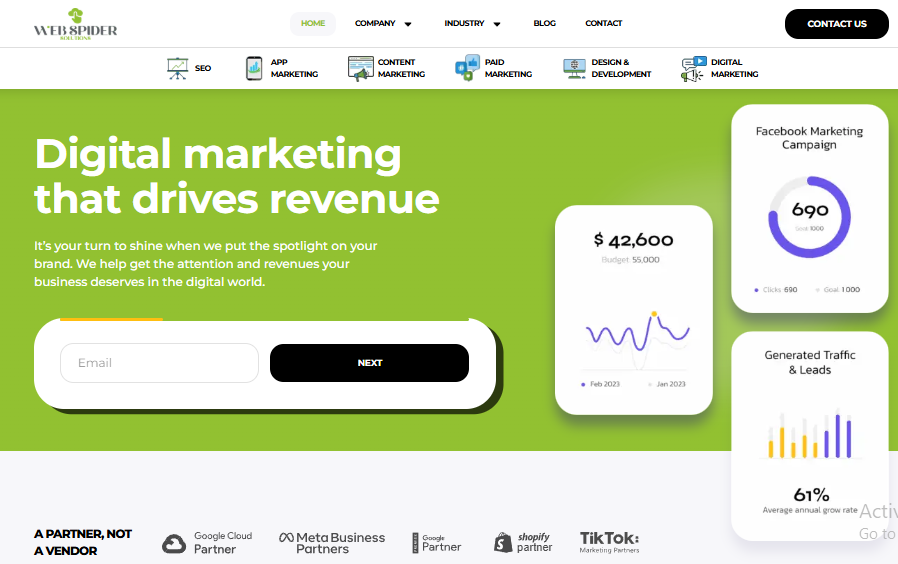
Ready to finally see consistent results from your ad spend? Discover how Web Spider Solutions blends advanced analytics with hands-on industry expertise to drive immediate visibility and long-term success. Give your next campaign the expert-managed edge it deserves. Start optimizing your PPC results today. Visit our main site and request your free consultation right now—let’s put your business at the top of search results before your competitor does.
Recommended
